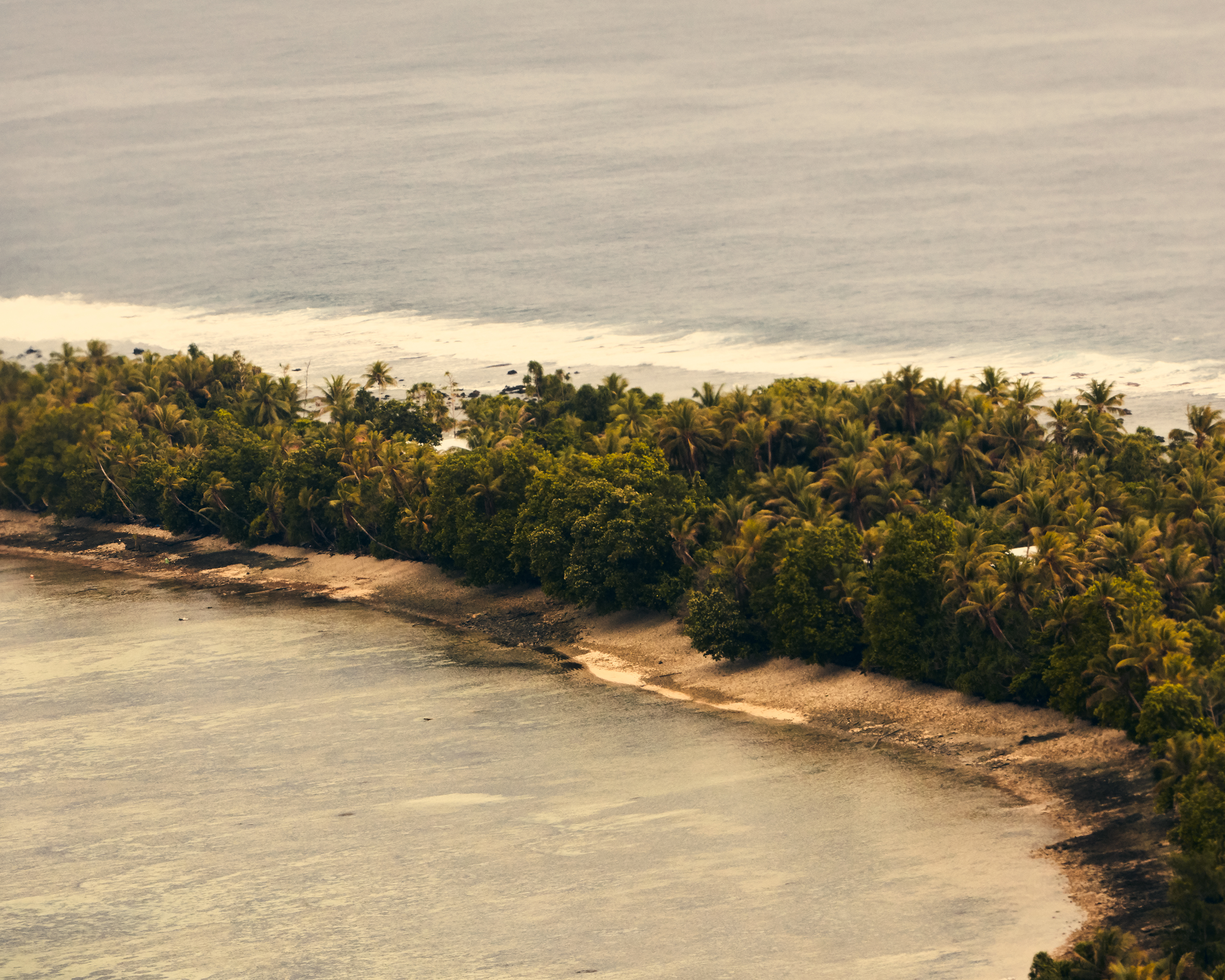The journey to the Fijian village of Vunidogoloa is arduous. It requires a flight across the Pacific to the nation’s remote international transit hub, a 140-mile connection on a rickety 19-seat plane to a smaller island, an hourlong drive past other rural villages and finally a short walk guided by a man with a machete to reach a ghost town forced into retreat by climate change and the rising seas that come with it.
Once home to more than 100 people, Vunidogoloa has been overrun by the tropical forest. Plants cover the town square. The stench of rotting rodents wafts from abandoned homes, and salt water seeps up through the soil as far as 300 ft. from Natewa Bay. This Saturday morning in mid-May is warm and pleasant, but a few times a year, king tides inundate the village with knee-high waters; locals were forced to place precious possessions on tall surfaces and run for the hills. “All the rights of living,” says Sailosi Ramatu, the village’s administrator, “had been lost because of climate change.”
And so, five years ago, Vunidogoloa was abandoned. The Fijian government built a new town about a mile up the hill at a cost of half a million dollars. Vunidogoloa is the first place in Fiji to relocate because of the effects of climate change, but it won’t be the last. Prime Minister Frank Bainimarama tells me he plans to move 40 Fijian villages in the coming years to cope with rising sea levels, which globally climbed about 7.5 in. in the 20th century and could rise 3 ft. more by the end of the 21st, according to the U.N.’s climate-science arm. “Every day I think about climate change,” he says.

The relocation of villages like Vunidogoloa foreshadows the existential threat a changing and unsettled climate poses to a handful of small nations. Intense storms and flooding have pounded Fiji’s islands, leaving the country to anticipate losing assets worth 5% of its GDP each year, a number expected to grow in the coming decades.
Some years will be worse: in 2016, when Tropical Cyclone Winston hit, that figure ballooned to 20%. The constant turbulence has imperiled industry and choked off the food supply in Fiji; other island nations like Tuvalu, Kiribati and the Marshall Islands could face even worse in the coming century, scientists say, with sea-level rise threatening to wipe them off the map entirely.
To save themselves and raise awareness of the perils of climate change, a collection of these vulnerable states—from Fiji to the Marshall Islands, the Maldives to the Bahamas—has launched an international campaign. It has been, against all odds, a remarkable success. Together, these mostly poor nations with little hard power leveraged the moral force of their peril to shape the global 2015 Paris Agreement.
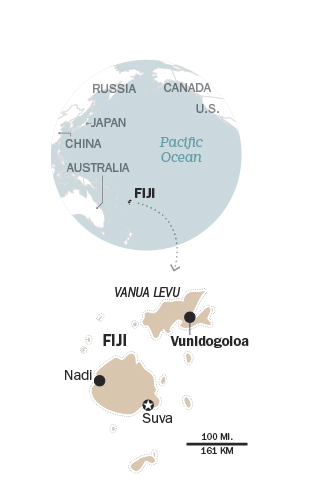
They helped inspire hundreds of billions of dollars in financial commitments for the developing world from richer countries. They spurred the creation of last year’s Intergovernmental Panel on Climate Change (IPCC) report that upended the climate debate. And they helped save complex international climate talks from collapse.
These success of these countries offers a broader lesson: no one nation can solve a problem as complex as climate change alone, but together bands of nations can make a difference. And that lesson applies to a host of global challenges, from emerging diseases to international terrorism and the spread of nuclear weapons. As states around the world turn inward in response to rising populism, the tiny island nations are showing that international institutions remain not only relevant but also necessary to address the toughest challenges of our generation.
“Climate change offers an opportunity for multilateralism to prove its value,” says U.N. Secretary-General António Guterres, who traveled to Fiji and other Pacific island nations in May to meet with leaders there.
That test is anything but theoretical for the bellwether states that dot the Pacific. Global average temperatures have risen so rapidly—already 1°C since the beginning of the industrial era—that the very existence of these nations is in doubt. The IPCC study released last fall suggests that some may not survive if temperature increase tops 1.5°C by the end of this century.
In mid-May, leaders of island nations from across the Pacific gathered in Fiji to plot their next big step: coordinating a push to make developed countries commit to aggressive new targets for reducing their emissions at a global climate summit to be convened by the U.N. in New York this fall. The goal: make the world respond to the urgency of climate change.
If they fail, they will likely not be the last to go. But not all successes are created equal. Indeed, it may be their loss that finally rouses the world to the stakes of the challenge.
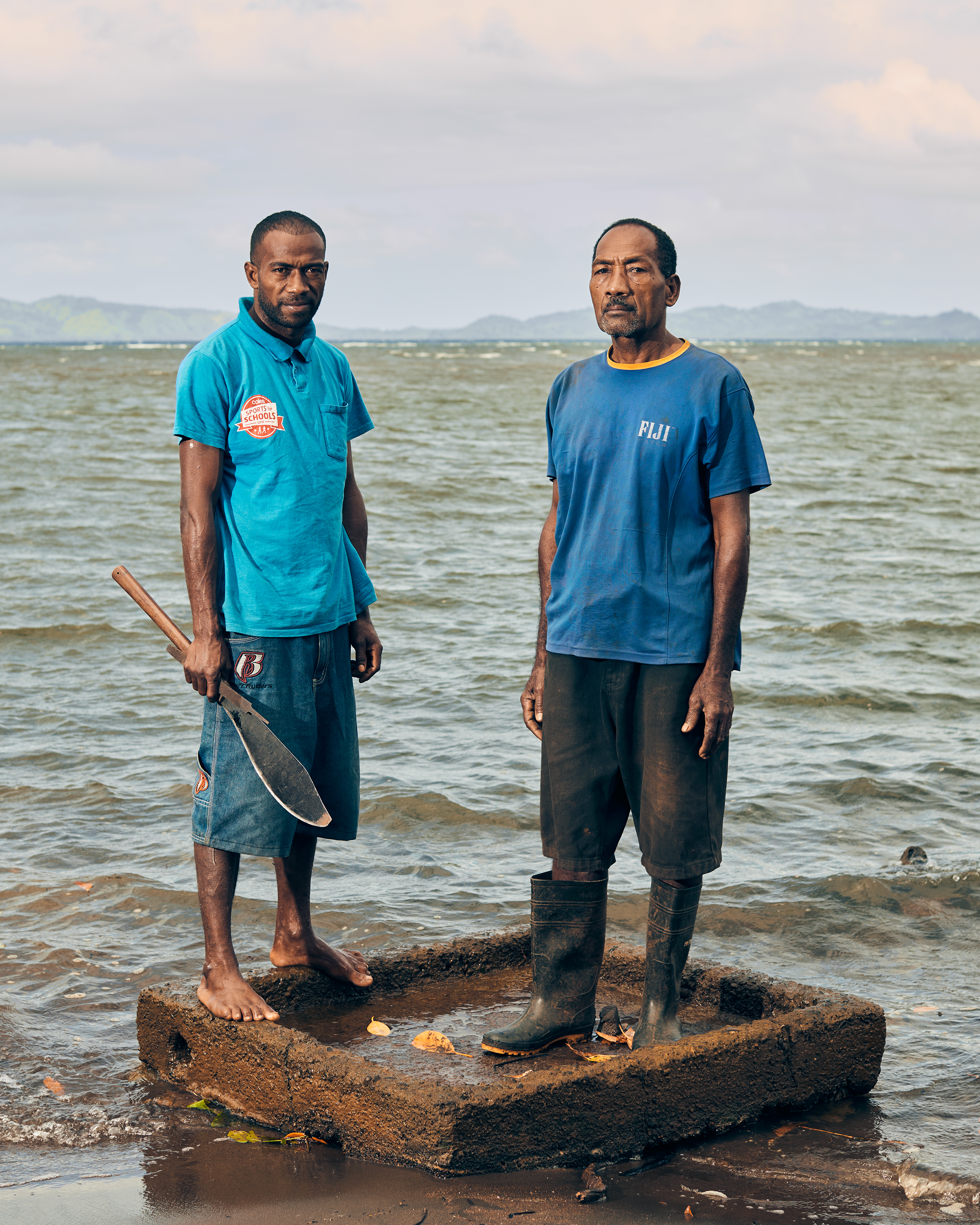
The story of how a few tiny Pacific nations joined hands to shape the Paris Agreement begins in September 2015, in a bland conference room at the Grand Pacific Hotel in the Fijian capital of Suva. During a three-day meeting in advance of the Paris climate talks, government officials and civil-society leaders from 15 Pacific nations drew up a list of what they wanted out of the approaching negotiations. The goals included a halt to new coal mines in countries that still supported the industry, backing for research and development on issues facing the region and increased funding to help poor countries prepare for extreme weather. One demand was paramount: any new global climate pact, the leaders agreed, had to aim to stop temperatures from rising more than 1.5°C by the year 2100.
That’s just half a degree difference from the 2°C target that had dominated global climate talks. The gap may not sound like much. But the leaders gathered in Suva had known for years it could determine whether their countries survive or sink. Perched just a few feet above sea level, several countries are on the brink of losing their entire land mass. For those at higher elevations, the threat is nearly as dire. A country can survive only so many storms whose costs match annual GDP.
Emerging from their September confab, the Pacific countries had not only a commitment to 1.5°C but also a road map to get others on board. In the months that followed, the islands joined with other vulnerable countries to pressure their peers. On the streets of Paris that December, activists chanted the mantra, “One point five to stay alive.” Behind the scenes, negotiators from the Pacific states indicated they might oppose a deal that fell short of the target. Because any country can veto international climate deals, such a move would have doomed the talks. “The countries most vulnerable were the countries pleading with the world,” recalls former Ireland President Mary Robinson, who served as the U.N. climate-change envoy during the Paris talks. In a sign of the islands’ clout, President Obama met with the President of the Marshall Islands and the leaders of four other island nations as negotiations in Paris began.
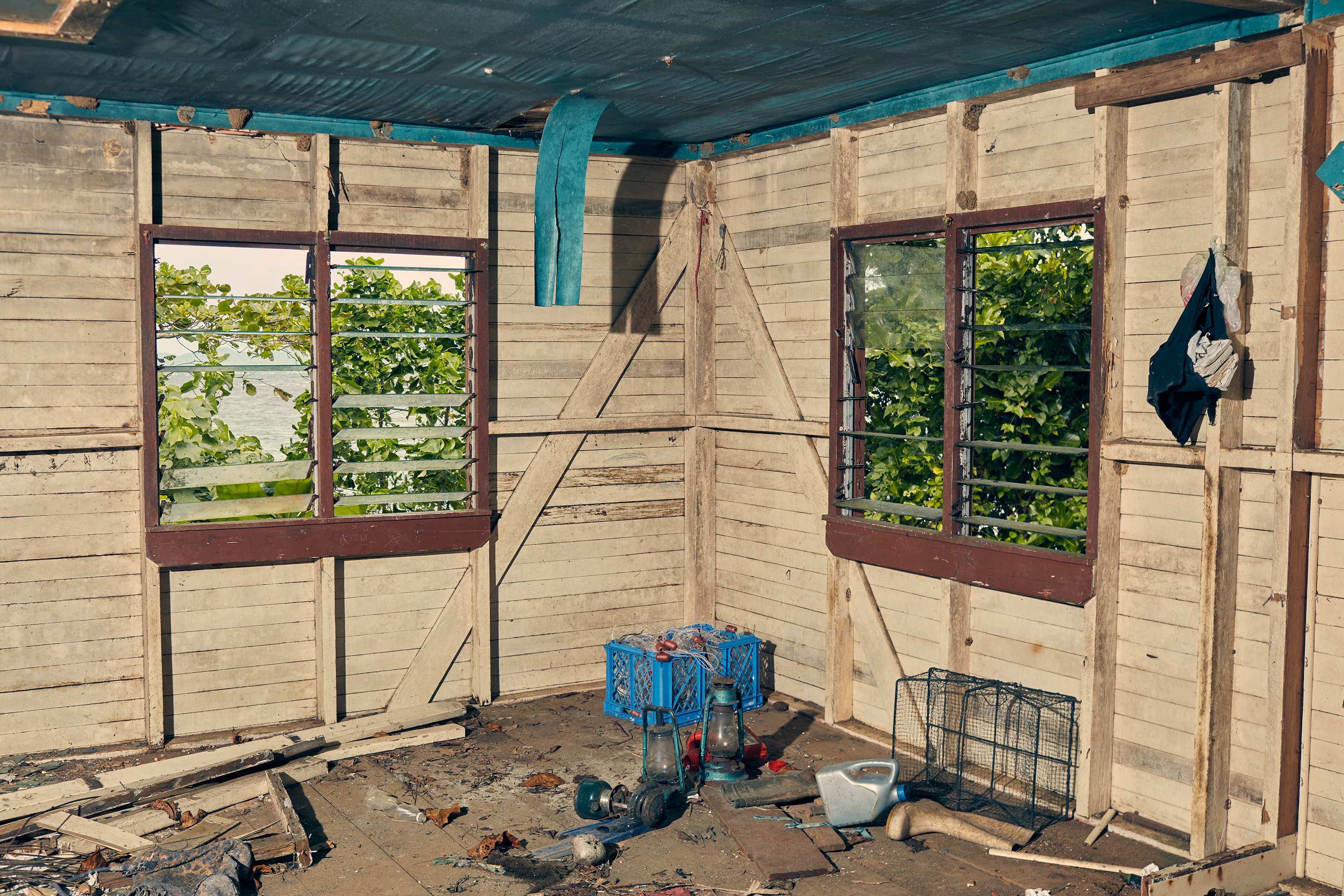

Optimism gave way as the negotiations stalled. For days, the talks centered on the usual disagreements dividing the geopolitical heavyweights. The big developing countries wanted the developed world to acknowledge it was responsible for the bulk of climate change and face tougher standards to address it. The U.S. wanted rigorous reporting rules to ensure that countries like China and India actually kept their climate promises. As the talks entered their final days, negotiators faced the prospect of failure, just like six years earlier in Copenhagen.
Then officials representing a coalition of small island states sat down with top U.S. State Department diplomats to broker a deal that moved talks forward. The pact involved the islands’ endorsing the U.S. push for stringent reporting requirements, while the U.S. consented to support the call to incorporate 1.5°C into the final Paris Agreement.
The deal helped break the logjam. Within hours of its announcement, dozens of countries had unified in what they called the High Ambition Coalition. Negotiators knew victory was at hand when Brazil, a big developing country often aligned with China, joined the group. The final text of the accord called for keeping temperatures “well below 2°” and ideally to 1.5°C. China and India argued for watering down the deal until the final hours, but declined to use their veto power to block the global compact. “In the end, we outmaneuvered the laggards,” says Farhana Yamin, a negotiator for the Marshall Islands at the time.

The islands’ impact on climate discussions has only grown since. In the aftermath of President Trump’s surprise election victory, Fiji won a bid to lead the 2017 U.N. climate talks—a massive task that entailed not only hosting key meetings that brought top officials to Fiji to see the ravages of climate change firsthand but also guiding nearly 200 countries to policy consensus and, by extension, keeping the global climate regimen on track. With support from the U.S. and others, Fiji’s bid was successful. “We thought it was a powerful statement,” recalls John Kerry, the former U.S. Secretary of State.
After winning the hosting slot, Fiji developed a plan to coax its peers into supporting the aggressive measures the region’s survival requires. Wealthy carbon-emitting nations were facing political storms. The incoming Trump Administration in the U.S. was hostile to climate science, and the E.U.’s attention had turned to Brexit. So Fiji pioneered a program called the “Talanoa Dialogue,” the name for the national tradition of listening and sharing. Instead of shaming countries that failed to live up to their climate promises, the Fijians stressed to them the urgency of the challenge. It was a strategic decision intended to build bridges at a time when other leaders seemed eager to burn them.
Fiji planned the dialogue in 2017, and it was folded into official climate negotiations the following year. In the process, top officials in vulnerable countries told their counterparts elsewhere about how climate change was already devastating communities and about their own aggressive plans to reduce emissions. The Marshall Islands said it would cut emissions by 45% by 2030, Fiji promised to eliminate its emissions by 2050, and the Cook Islands plans to be entirely renewable by 2020. “We are very small emitters, but we cannot afford to be fighting from the rear,” says Bainimarama.
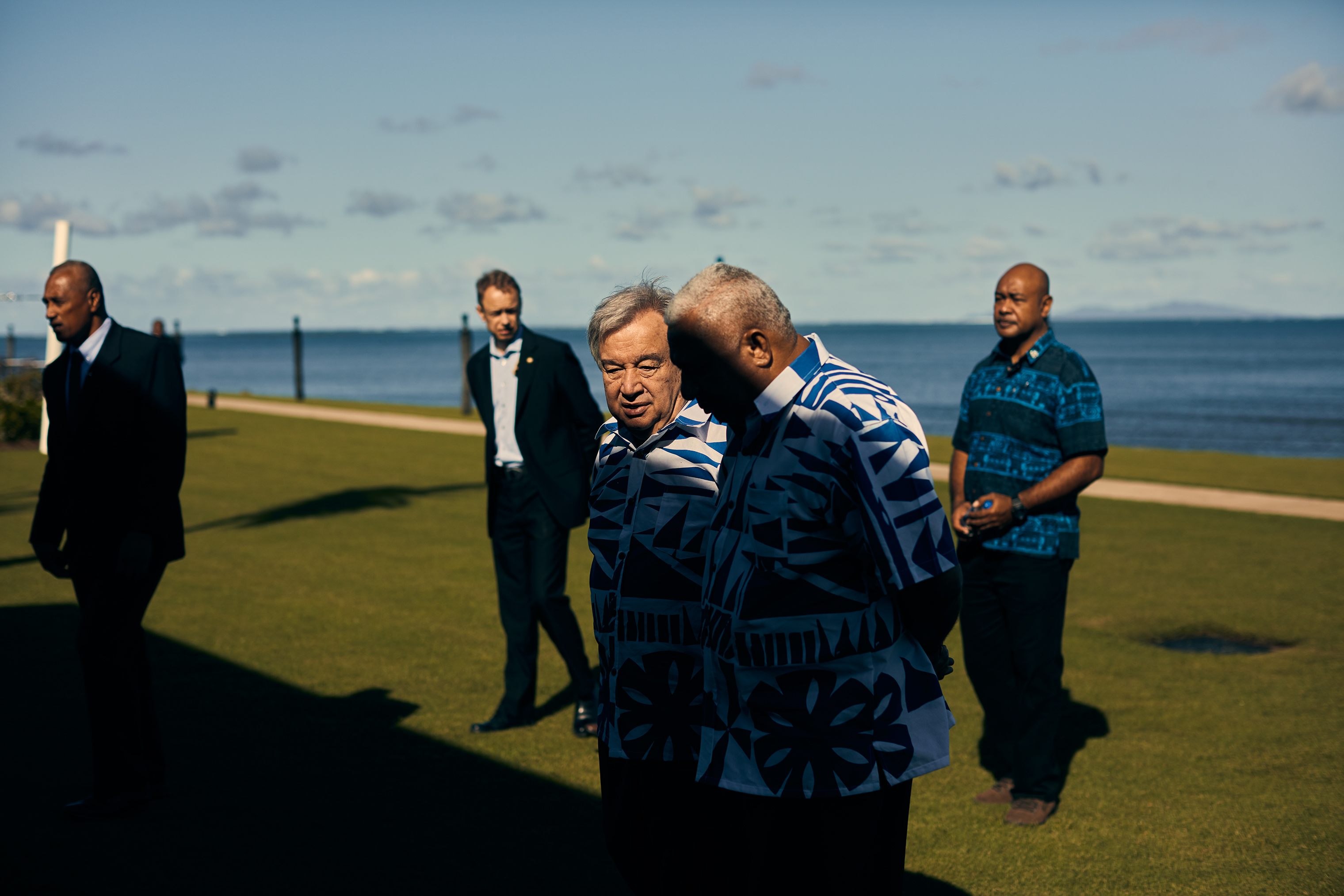

Simply bearing witness to the crisis in nations like Fiji has made a difference. Claudia Roth, one of the vice presidents of the German Bundestag, visited Vunidogoloa earlier this year as part of a multistop tour of countries confronting climate change. The visit rendered her speechless and brought her delegation to tears, she says. Roth returned with plans to promote an array of programs aimed at helping the people and places hardest hit by global warming. “It is really a crime to continue to ignore what’s going on,” she says.
The impact of Fiji’s year leading global climate policymaking is evident on the ground. Around the country, it’s easy to spot the E.U. flag attached to development projects. A range of institutions including the German government and USAID has helped foot the bill to relocate villages. Even the gathering Bainimarama hosted in May featured events sponsored by the U.K. and Canada.
That’s a small part of a much bigger picture. In total, developed countries are projected to spend $67 billion annually by 2020 on climate initiatives in the developing world, according to the Organisation for Economic Co-operation and Development. Though a significant step, it’s far short of the $100 billion that developed countries had previously promised on annual basis.

Even so, the push for the 1.5°C target has paid huge dividends in publicity. As directed by the Paris deal, the IPCC released a report on the difference between 1.5°C and 2°C of warming. The conclusions were stark: the world is dangerously close to climate catastrophe that could impoverish hundreds of millions of people, lead to the disappearance of coral reefs and expose 10 million additional people to the effects of sea-level rise. The report drew more attention to climate change than even the adoption of the Paris Agreement itself and inspired the push for a Green New Deal in the U.S. as well as aggressive new climate plans in a handful of other countries.
Despite these victories, it would be a mistake to think that the Pacific leaders feel triumphant. No matter how mighty their efforts, the fate of the world’s most vulnerable communities is still largely out of their hands. The world remains on track for more than 3°C of warming if countries implement only their current plans, according to a December 2018 analysis from Climate Action Tracker. With populist leaders around the globe threatening to reverse their predecessors’ work on climate, it remains unclear whether countries will even follow through with those modest plans. If communities like Vunidogoloa are to be saved, others will need to help.
Some are trying. On May 14, Guterres, the U.N. Secretary-General, touched down in Fiji, the second stop on a four-country tour of the region. Giant billboards featuring his face lined the bumpy roads to the capital. The following morning, traditional performers presented Guterres with a giant roasted pig as he sat onstage with Bainimarama in a tropical-themed shirt.
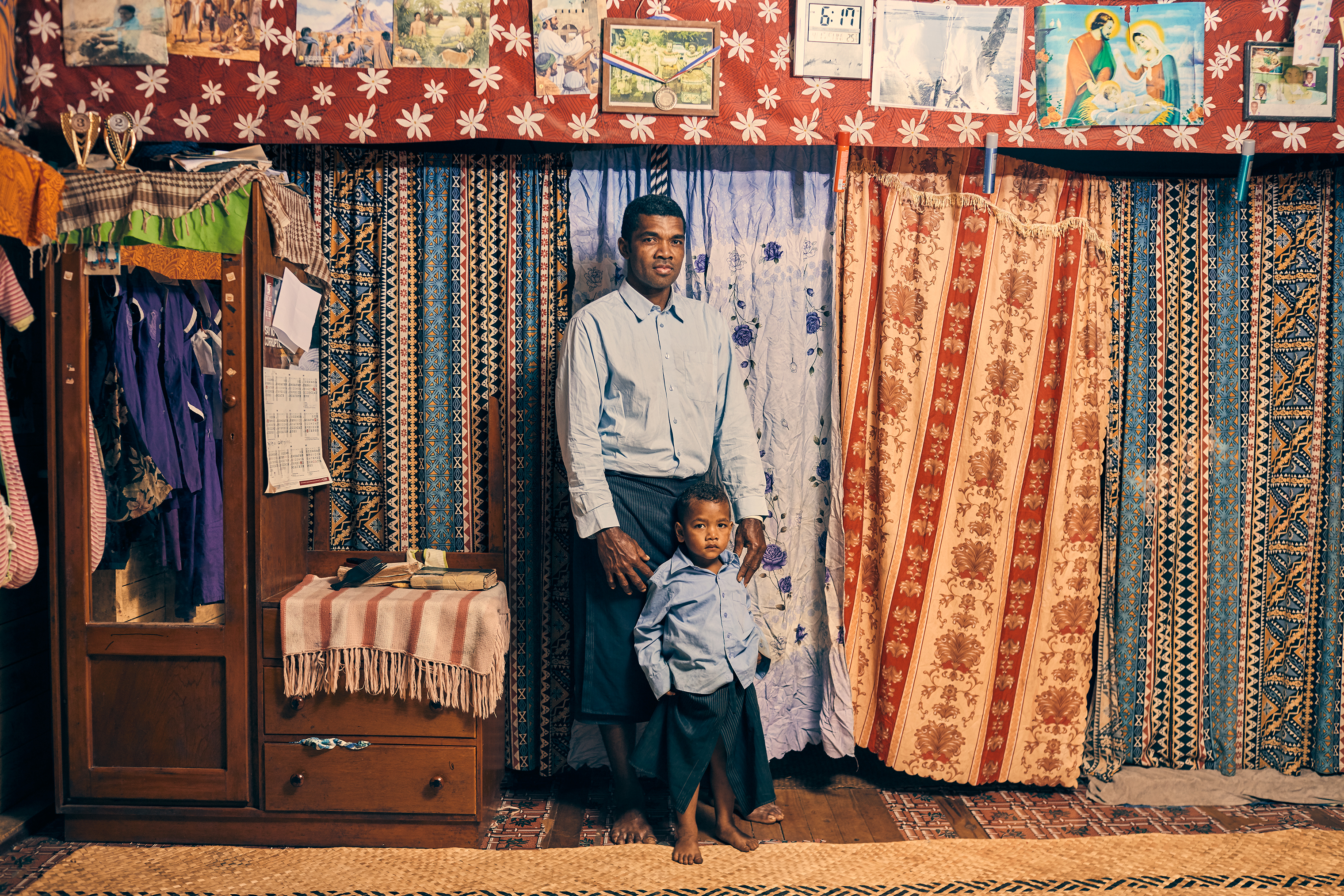
Guterres has thrown the weight of the U.N. into combating climate change. The summit he is convening in September before the meeting of the U.N. General Assembly will bring together heads of state along with business and civil-society leaders. To participate fully, Guterres is requiring leaders make new commitments to reduce countries’ emissions. “I know it’s very hard for the Secretary-General to get 200 nations to come together and decide on one thing, but we need the political will, the political commitment to fight this,” says Bainimarama. “If we don’t get through this, the crisis will turn into chaos, and chaos means the end of the world for us.”
Guterres is working to position the tiny island nations not just as the political center of the debate, but as its moral center, too. The U.N. has divided the September conference into nine segments, including the energy transition, nature-based solutions, climate financing and carbon pricing. For key topics, he has appointed one big economy and one developing country suffering urgently from climate change to helm the discussions. Jamaica is leading the climate-finance segment with France, for example, while the Marshall Islands heads up the public-mobilization portion with Ireland. Together, these countries will work with NGOs and other partners to decide which new initiatives to unveil in September. Some commitments likely to be highlighted at the summit have already made news, including plans from Germany and the U.K. to go carbon-neutral by 2050. The goal, Guterres says, is “to make country by country assume leadership.”
Those individual initiatives, however, must be part of a larger collective initiative that requires world leaders to get together and tackle their emissions. “We do it for wars, we do it for communicable diseases,” says Rachel Kyte, CEO of Sustainable Energy for All and a key adviser to Guterres. “We can damn well do it for climate change.”
The Pacific provides a map to navigate these choppy waters. Like the rest of the world, the region faces issues beyond climate change. Corruption abounds; poverty is rampant. In some places, women are treated as second-class citizens. And on many fronts, the region’s leaders don’t even agree among themselves, much less with the rest of the world. But on the issue that matters most to them, the one that threatens their very existence, they have achieved unanimity.
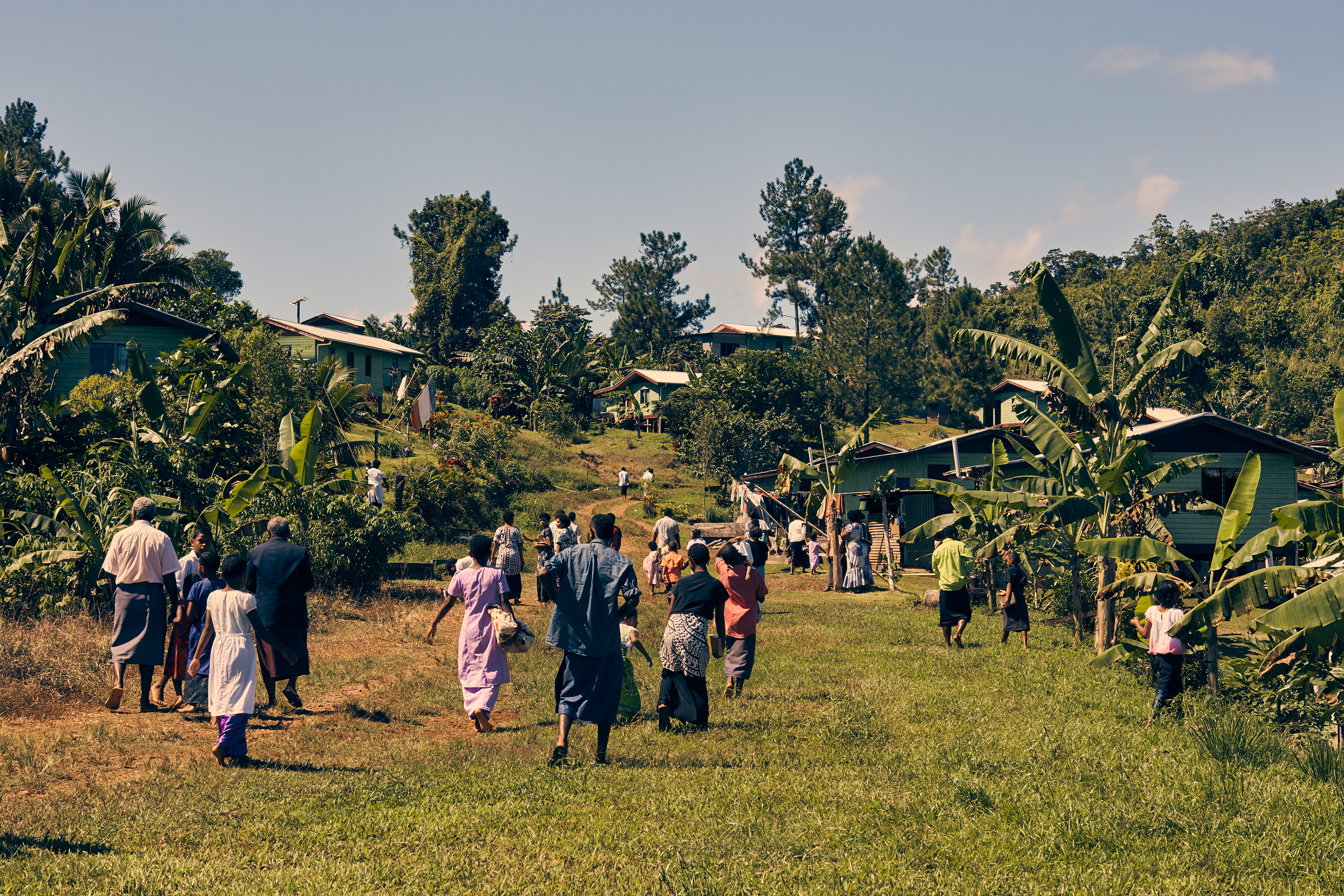
It would be easy to view the islands as distant lands with distant challenges. But their tragedy may soon be ours. Vunidogoloa sits on a beach that coastal erosion has chipped away for at least a half-century, and the porous soil makes the area particularly vulnerable to flooding. Miami’s permeable limestone subsurface exposes the great U.S. city to the same peril. New Orleans and Houston already face the threat of supersized storms that will only get worse with time.
Outside the U.S., Osaka sits just a few feet above sea level, some of Australia’s biggest cities reside in a state with frequent drought, and several European hubs regularly face crippling floods when there’s too much rain. We can sit and watch small Pacific islands disappear—but who do we think will be hit next?
This isn’t lost on those nations’ leaders. Their fate is ours foretold, they tell anyone who will listen. “What we are trying to tell the world is that when we go down, all the cities will go down too,” says Tuilaepa Malielegaoi, the Prime Minister of Samoa. “We are arguing also for the safety of the people of the world.” The rest of the world would be well served to listen.
- Why Biden Dropped Out
- Ukraine’s Plan to Survive Trump
- The Rise of a New Kind of Parenting Guru
- The Chaos and Commotion of the RNC in Photos
- Why We All Have a Stake in Twisters’ Success
- 8 Eating Habits That Actually Improve Your Sleep
- Welcome to the Noah Lyles Olympics
- Get Our Paris Olympics Newsletter in Your Inbox
